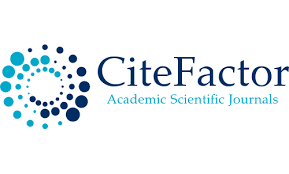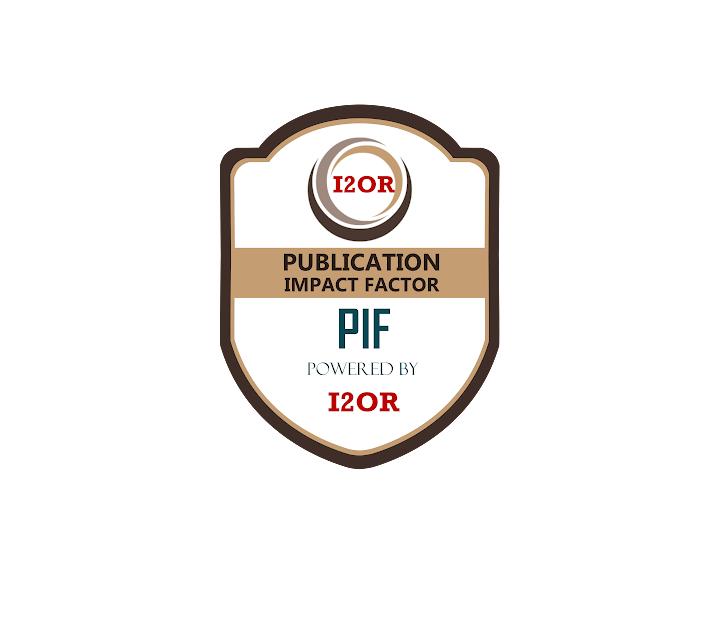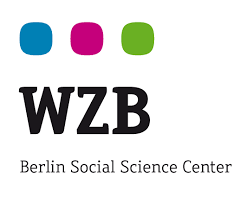EVALUATION OF THE CONDYLAR POSITION IN RELATION TO THE DIFFERENT MALOCCLUSIONS OF A STUDENT POPULATION
DOI:
https://doi.org/10.47820/recisatec.v4i1.340Palavras-chave:
Malocclusions, condylar position, temporomandibular joint, temporomandibular disorders, molar classesResumo
Studying the position of the condyle in the glenoid cavity is an important aspect of achieving the diagnosis and the treatment plan in dentistry. The posterior position of the condyle in the glenoid cavity is not a completely reliable predictor of the lack or appearance of disc displacement, although they are related (1). The TMJ is a small joint with a complex morphology surrounded by bony tissues that create a superimposition of images, especially in the petrous region of the temporal bone, the mastoid process and the articular eminence (1). Studies on the ideal position of the condyles have shown that the healthiest condyle-fossa relationship in which the condyle is centered anteriorly in the mandibular fossa. The following research aims to evaluate the condylar position in relation to different malocclusions of thirty-two students of the Faculty of Dentistry of the University of Cuenca.The research has a quantitative approach, carried out by means of numerical analysis. The population used was thirty-two students from the Faculty of Odontology in the University of Cuenca, aged between 21 and 29 years, who underwent cone beam computed tomography. The research was carried out as a descriptive retrospective sample and provides systematic information. The research used is of a primary source, using CBCT scans obtained from an image bank at the CERIOM Radiology Centre in the city of Cuenca, and the tomographic examination will be imported in DICOM format into the RadiAnt DICOM Viewer software (64-bit).
Downloads
Referências
Pie de Hierro VVPM. Evaluacion de la posición condilar mediante tomografía computarizada de haz cónico en pacientes asintomáticos con maloclusión de clase I. Revista de la Sociedad Española. 2017 Enero;55(1).
Kurita HOAKK. 7. Kurita A study of the relationship between the position of the condylar head and displacement of the temporomandibular joint disk. Dentomaxillofac Radiol. 2001;30:162-165. DOI: https://doi.org/10.1038/sj.dmfr.4600603
Iked KKA. Assessment of optimal condylar position with limited cone-beam computed tomography. J Orhod Dentofacial Orthop. 2009;135:495-501. DOI: https://doi.org/10.1016/j.ajodo.2007.05.021
Soumalainen A VTKiMRS. Soumalainen Accuracy in measurements of distance using limited cone beam computerized tomography. Join Oral Maxillofac Radiol. 2008;37:10-17.
Rodrigues AF FMVR. Computed tomography evaluation of the temporomandibular joint in Class II Division1 and Class III malocclusion patients: Condylar symmetry and condyle-fossa relationship. Join Orhod Dentofacial Orthop. 2008;136:199-206. DOI: https://doi.org/10.1016/j.ajodo.2007.07.033
AI -Koshab M MiPJJ. Assesment of condyle and glenoid fossa morphology using CBCT in South-East Asians. Plos One. 2015;10(3). DOI: https://doi.org/10.1371/journal.pone.0121682
Dalili Z KNKSJSF. Assessing joint space and condylar position in the people with normal function of temporomandibular joint with cone-beam computed tomography.. Dalili Z, Khaki N, Kia S J, Salamat F. Assessing joint space and condylar position in the pDent Res J. 2012;9:607-612. DOI: https://doi.org/10.4103/1735-3327.104881
Kinniburgh RD MPNBWKGrK. 8. Kinniburgh RD, Osseous morphology and spatial relationships of the temporomandibular joint: comparisons of normal and anterior disc positions. 8. Kinniburgh RD, Major PW, Nebbe B, West K, Glove r KE. Osseous morphology and spatial relationships oAngle Orthod. 2000;70:70-80.
Hansson T OrTCGKS. 9. Hansson Thickness of the soft tissue layers and the articular disk in temporomandibular joint. Acta Odontol. 1997;35:77-83. DOI: https://doi.org/10.3109/00016357709055993
Katzbe rg RW KDTEWGW. Internal derangement of temporomandibular joint: an assessment of the condylar position in centric occlusion. Join Prosthet Dent. 1983;49:250-254. DOI: https://doi.org/10.1016/0022-3913(83)90511-5
Downloads
Publicado
Como Citar
Licença
Copyright (c) 2024 RECISATEC - REVISTA CIENTÍFICA SAÚDE E TECNOLOGIA - ISSN 2763-8405

Este trabalho está licenciado sob uma licença Creative Commons Attribution 4.0 International License.
Os direitos autorais dos artigos/resenhas/TCCs publicados pertecem à revista RECISATEC, e seguem o padrão Creative Commons (CC BY 4.0), permitindo a cópia ou reprodução, desde que cite a fonte e respeite os direitos dos autores e contenham menção aos mesmos nos créditos. Toda e qualquer obra publicada na revista, seu conteúdo é de responsabilidade dos autores, cabendo a RECISATEC apenas ser o veículo de divulgação, seguindo os padrões nacionais e internacionais de publicação.





















































